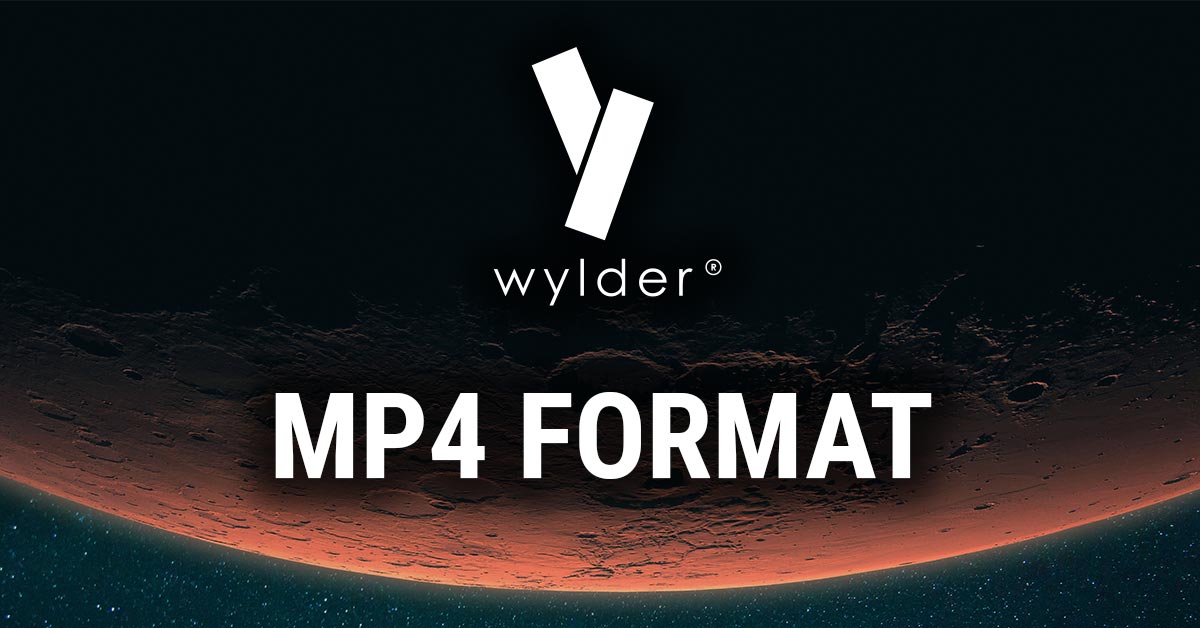MP4 Format and Codecs: These are the terms you will inevitably come across when it comes to interesting and engaging online presences. And only those count because they convince the visitor. In addition to informative text, it is primarily video files that achieve the desired effect. Motion design with moving images and video opens up entire worlds of experience full of excitement and emotion for visitors. However, it is important to choose a video format that allows easy access for the visitor. This means short loading times through compression of the files, whereby the image quality should remain very good and the whole thing can also be accompanied by the appropriate sound. In other words, a “container format” that leaves nothing to be desired in terms of video and audio presentation – in other words: the MP4 format.

First of all, you’re probably more familiar with the .mp3 file extension, as this type of audio compression has revolutionized listening. While in the past there was sometimes a “tape salad” with bulky devices and annoying audio cassettes, thanks to MP3 there is now room for hundreds of songs and audio books in the memory of the smartphone or the corresponding player. But as market research shows, potential customers react much more strongly to visual stimuli. A format is therefore required with which video files can be embedded in websites and displayed and downloaded without loss of image and sound quality.
MP4 is an acronym for MPEG-4 Part 14 and is a video format created by the Moving Picture Expert Group (MPEG). MP4 is based on QuickTime developed by Apple and the MOV container format defined in it. In addition to video and audio tracks, MP4 also saves subtitles, images and metadata. And what are codecs? This is short for the pairing “coder” and “decoder”. Coded signals can only be received, processed and files opened if the individual formats have the appropriate codecs. The MP4 format supports several codecs, such as H.264, H.265 or MPEG-4 Part 2. Although MP4 files can also be converted into other file formats such as AVI, this is usually not necessary due to the high level of compatibility. MP4 file format is among the most commonly used video formats around the world. Programs to open the files can be found on smartphones, tablets, PCs and smart TVs, regardless of the operating systems.
Content compression makes files in MP4 format manageable in size. From the company’s point of view, hosting digital content in MP4 video format is extremely efficient due to the small file sizes. The potential customer also benefits since he has to pay for download times or volume for streaming or downloading video files. In addition, the long loading times are a disadvantage with a poor Internet connection with low transmission rates. The customer could click to the competition. This can be avoided with an engaging online presence using motion design and MP4.